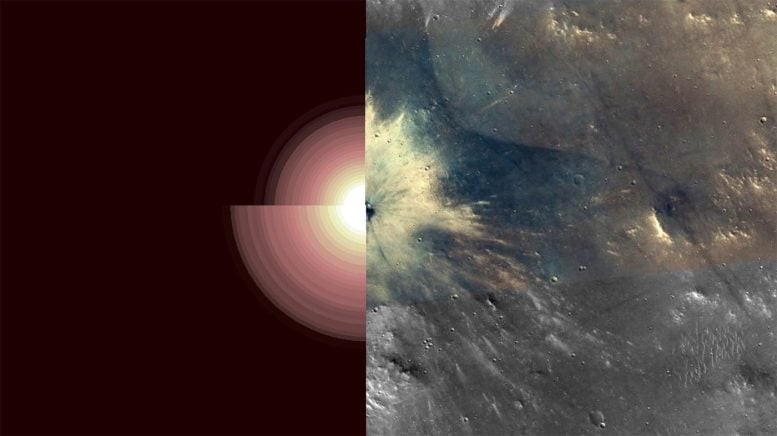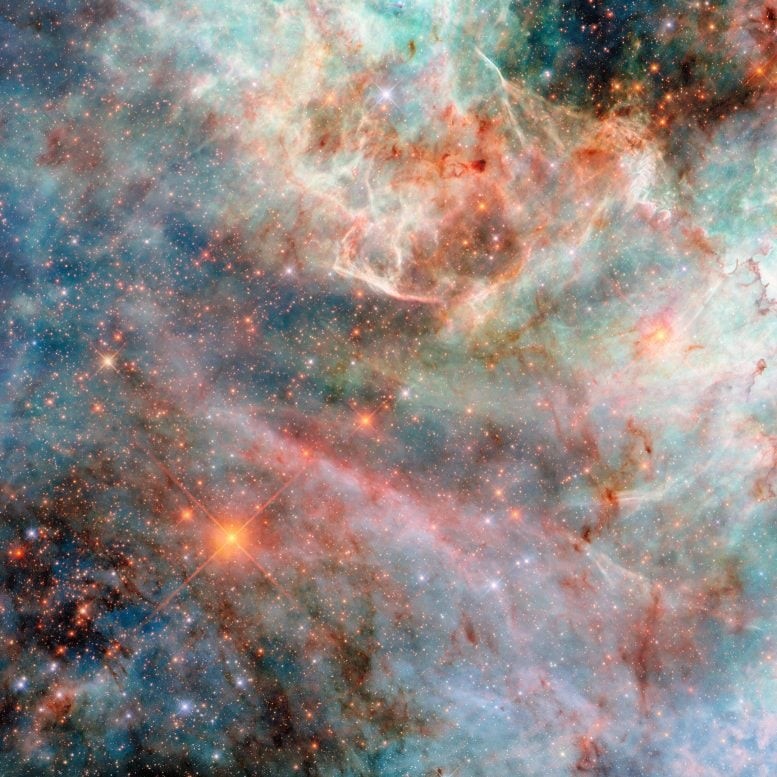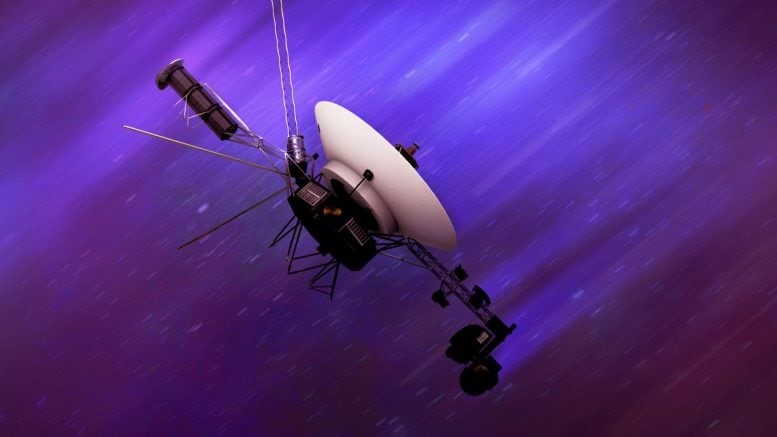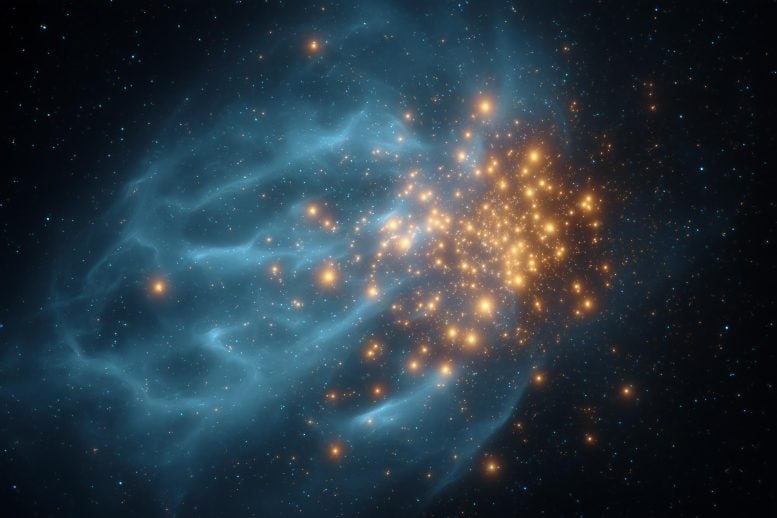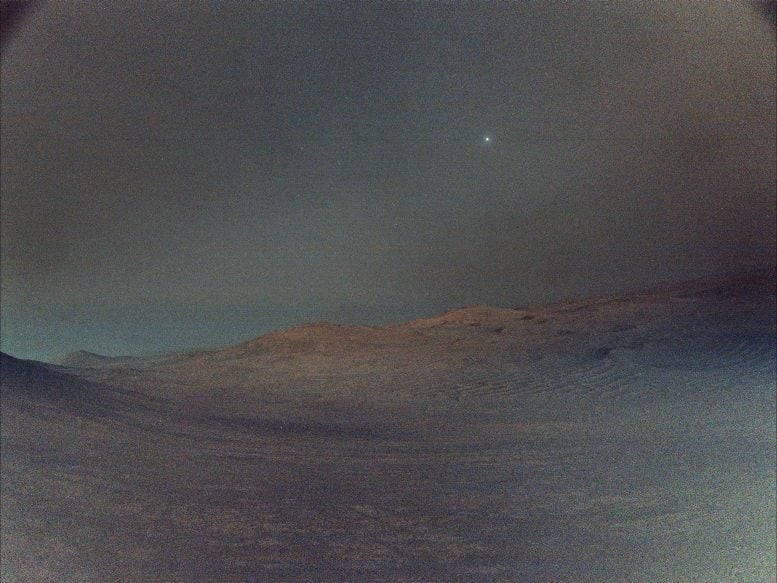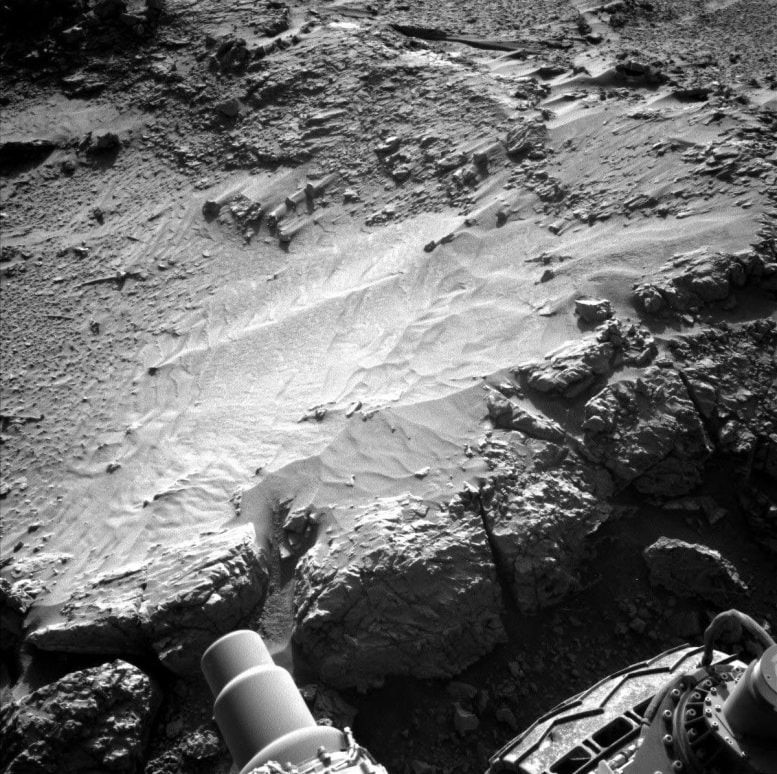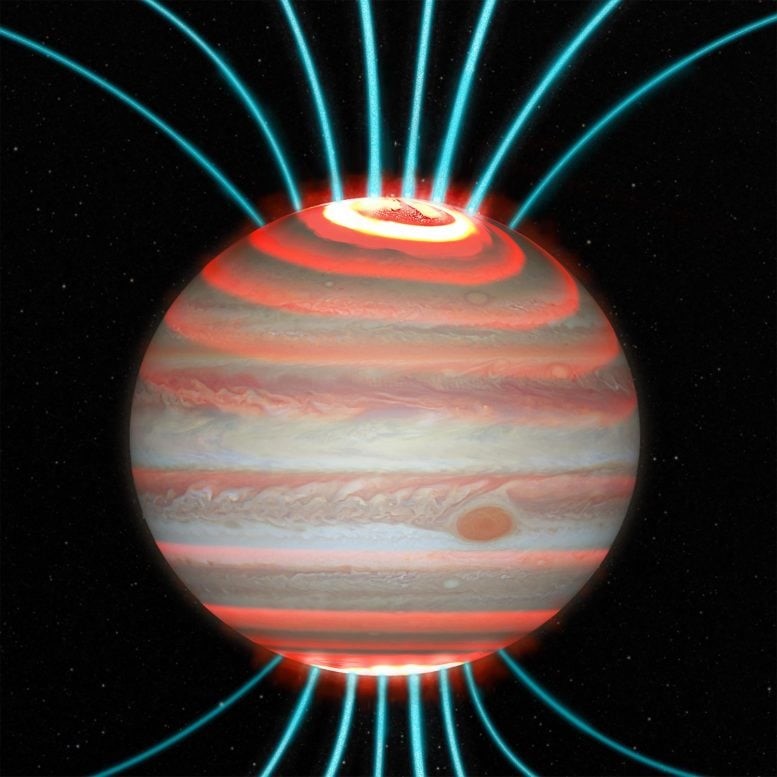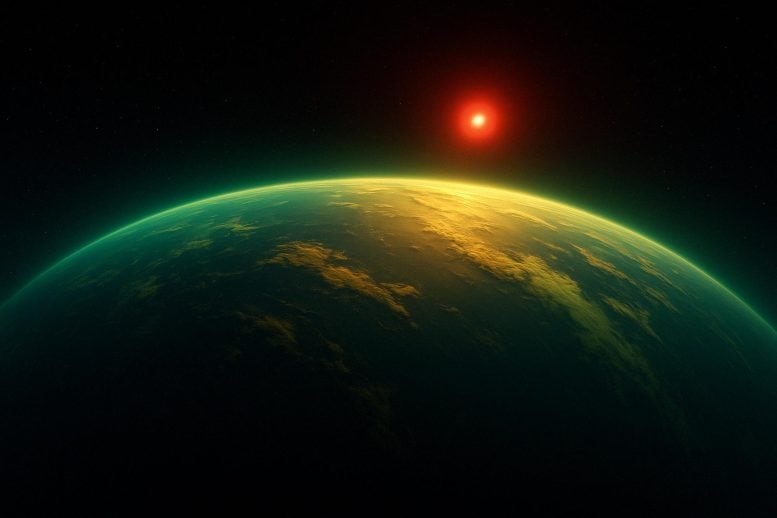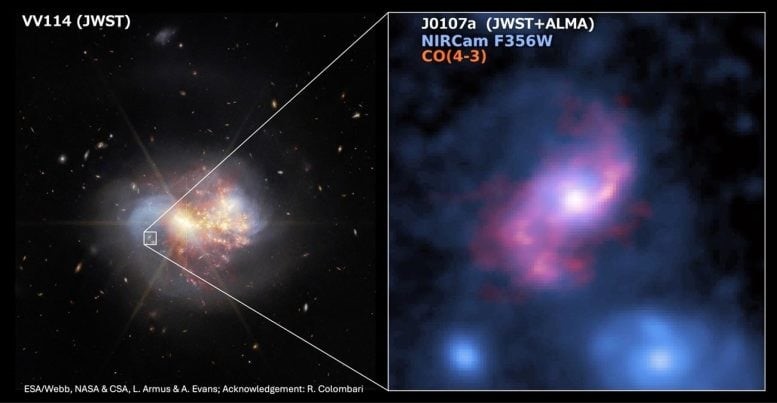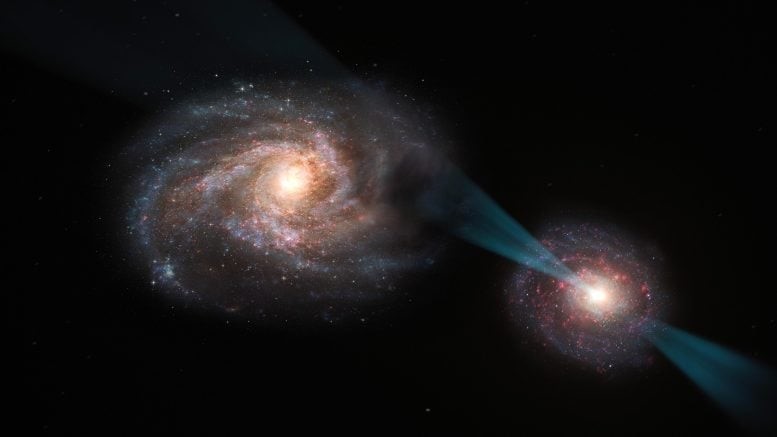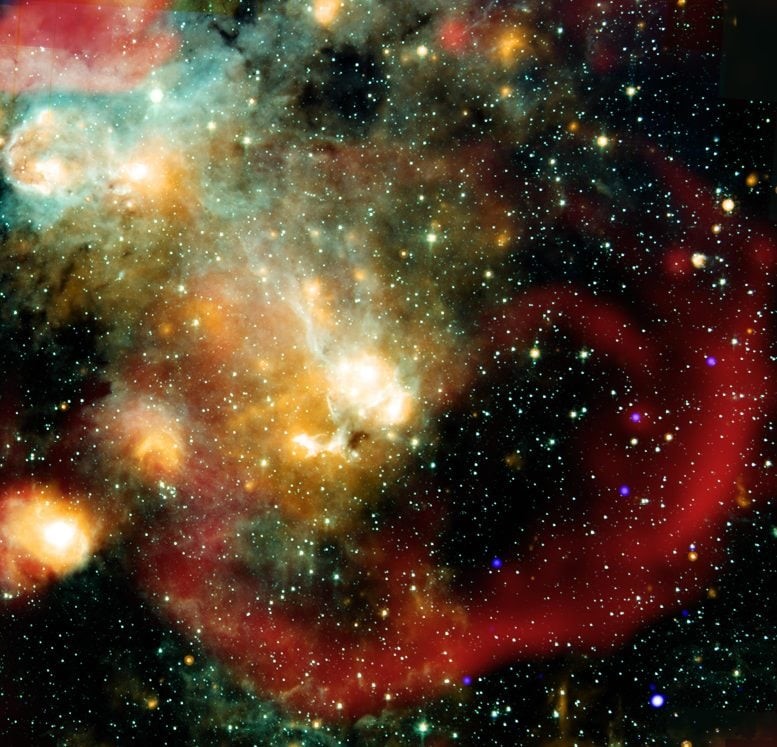Double The Size, 50 Times the Power: Unveiling Jupiter’s Primordial Origins
Jupiter’s Role in Shaping the Solar System
Jupiter’s formative years offer critical insights into the birth of our solar system. Often dubbed the “architect” of the planets, Jupiter’s massive gravitational pull played a central role in influencing the orbits of nearby planets and molding the protoplanetary disk of gas and dust that eventually gave rise to the Sun’s planetary companions.
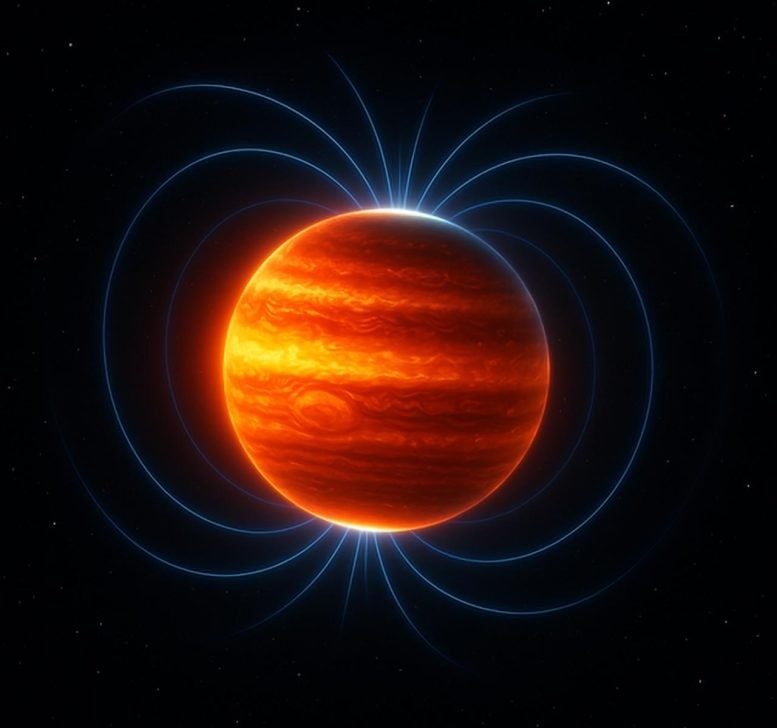
Figure 1. Twice as Big, 50x as Strong: Revealing Jupiter’s Earliest Form.
At that early stage, Jupiter was a true cosmic titan—nearly twice its present size with a magnetic field around 50 times stronger than what we observe today, according to the researchers’ models. Figure 1 shows Twice as Big, 50x as Strong: Revealing Jupiter’s Earliest Form.
“Our ultimate goal is to understand where we come from, and pinning down the early phases of planet formation is essential to solving the puzzle,” says Batygin. “This brings us closer to understanding how not only Jupiter but the entire solar system took shape.”
Tracing Origins Through Moons
To reconstruct Jupiter’s ancient state, the researchers turned to some of its smallest, innermost moons: Amalthea and Thebe. These tiny satellites orbit even closer to the planet than Io, the innermost of the four massive Galilean moons.
What caught the scientists’ attention was that Amalthea and Thebe don’t follow perfectly flat, circular orbits. Their orbits are slightly tilted—anomalies that hold valuable clues. By analyzing these subtle orbital inclinations, Batygin and Adams were able to work backward in time, using the moons’ movements as a record of Jupiter’s early mass and magnetic might.
Their research suggests that early Jupiter was a true behemoth, with a volume exceeding 2,000 times that of Earth and enveloped by a magnetic field powerful enough to dramatically influence its cosmic surroundings.
Echoes from 4.5 billion Years Ago
Adams emphasizes the extraordinary durability of these ancient fingerprints: “It’s astonishing that even after 4.5 billion years, enough clues remain to let us reconstruct Jupiter’s physical state at the dawn of its existence.”
What sets this study apart is its reliance on independently verifiable constraints, sidestepping many of the assumptions that often complicate traditional planetary formation models—such as the opacity of surrounding gas, accretion rates, or the mass of a planet’s heavy-element core. Instead, Batygin and Adams focused on observable factors: the orbital dynamics of Jupiter’s inner moons and the conservation of angular momentum.
Through this approach, the researchers offer a remarkably clear glimpse into Jupiter’s ancient form—captured at a pivotal moment when the protoplanetary nebula vanished. This transition not only marked the end of planet-building materials but also froze the basic layout of the young solar system into place.
Building on Planet Formation Theories
The findings contribute valuable detail to established theories of planet formation, particularly the widely supported core accretion model. This model proposes that giant planet like Jupiter—and similar gas giants found orbiting other stars—formed when a solid core of rock and ice rapidly accumulated a massive envelope of gas.
These foundational ideas have been refined over decades by numerous scientists, including Caltech’s Dave Stevenson, the Marvin L. Goldberger Professor of Planetary Science, Emeritus. The new study extends this legacy by offering precise constraints on Jupiter’s early characteristics—its size, rotation rate, and magnetic field strength—during a crucial phase in the planet’s development. This enhanced understanding sharpens the picture of how Jupiter formed and helps refine broader models of planetary evolution across the universe.
A New Benchmark in Solar History
While Jupiter’s earliest moments are still shrouded in mystery, Batygin underscores the importance of the team’s findings in illuminating the planet’s formative years. “What we’ve established here is a valuable benchmark,” he explains. “A point from which we can more confidently reconstruct the evolution of our solar system.”
By anchoring their analysis in observable data and focusing on a key transitional moment in solar history, the researchers have provided a solid reference point—one that enhances our ability to trace the origins of not only Jupiter, but the broader planetary system that we call home.
Source: SciTECHDaily
Cite this article:
Priyadharshini S (2025), Double the Size, 50 Times the Power: Unveiling Jupiter’s Primordial Origins, AnaTechMaz, pp.366


